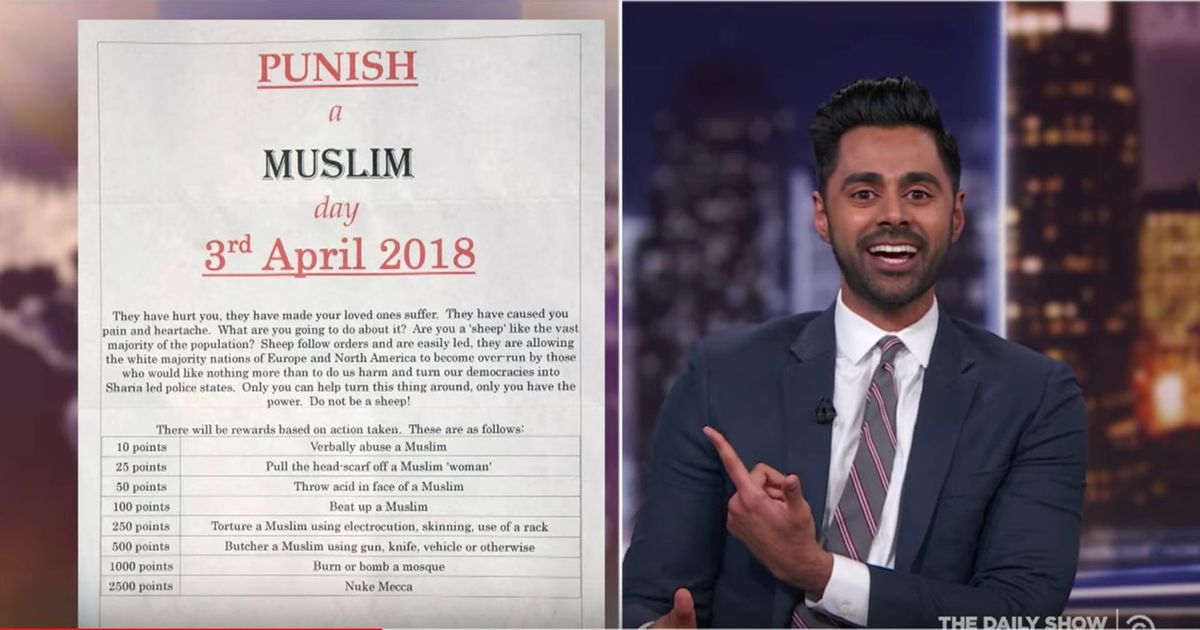WASHINGTON, June 13, 2014 — The United States is the world’s top donor of military and economic assistance, giving more than $50 billion annually to foreign countries. Developing countries, countries of strategic importance to the United States, and countries recovering from war are among the top recipients of US foreign aid.
Since the world is undergoing many changes after the Arab Spring 2011, one would expect to see changes in the US aid strategy, especially in the Middle East. However, a recent publication by the Project on Middle East Democracy (POMED) comparing US federal budget requests for Fiscal Year 2015 to the Fiscal Year 2010 actual budget revealed some shocking data.
The report cites the amount of aid given to help economic growth, assist humanitarian goals, build peace and security, and Governing Justly and Democratically (GJD). The top six aid recipients in 2010, Israel, Egypt, Occupied Palestine, Iraq and Lebanon, are the exact same countries that would be the largest recipients under the 2015 budget request. The requested budget equals the 2010 budget, despite changes these countries are going through since Arab Spring.
Such findings seriously call into question US goals in granting aid to transitioning countries. There has been no significant change in US aid to countries in which war and civil unrest have claimed thousands of lives such as Iraq, Libya, Syria and Tunisia.
Despite a military coup and massive human rights abuses in Egypt, it remains the number two beneficiary of US foreign aid, consisting largely of military aid.
Israel continues to be the top aid recipient as the US finances its occupation of Palestine through military aid and by nominally transferring economic aid to Palestine, a responsibility Israel would otherwise bear under the Fourth Geneva Convention, even after peace talks have fallen through.
Bahrain, home to a massive US naval base, has actually moved up from number 11 to number 10 on the aid list despite the King’s failure to implement reforms, and ongoing human rights abuses against the Shia majority.
The US gives most of its aid to bolster the military and security of recipient states and relatively little for GJD. Yet this equation is totally reversed in the case of Syria, where the US is seeking to destabilize the country at any cost.
GJD funding aims to improve human rights law, governance, political competition and civil society institutions which are all needed to created open and democratic states. The US also consistently grants military aid to countries that use it against civilians, which undermines its GJD funding in the same countries.
President Obama in his remarks at the United States Military Academy Commencement Ceremony in May 2014 stated:
“Ultimately, global leadership requires us to see the world as it is, with all its danger and uncertainty. We have to be prepared for the worst, prepared for every contingency. But American leadership also requires us to see the world as it should be — a place where the aspirations of individual human beings really matter; where hopes and not just fears govern; where the truths written into our founding documents can steer the currents of history in a direction of justice.”
The failure to modify military and GJD disbursements to the Middle East and North Africa even after the catastrophic changes that have swept the region calls into question the role and willingness of the US in implementing peace and democracy. The lack of support for GJD in the Middle East since the Arab Spring counters rhetoric about promoting democratic institutions that support American values that are based on humanity, dignity and peace building.
If the US wants to be taken seriously as an international actor for the promotion of peace and democracy, Washington needs to support a more humane, less cynical vision of foreign policy.




